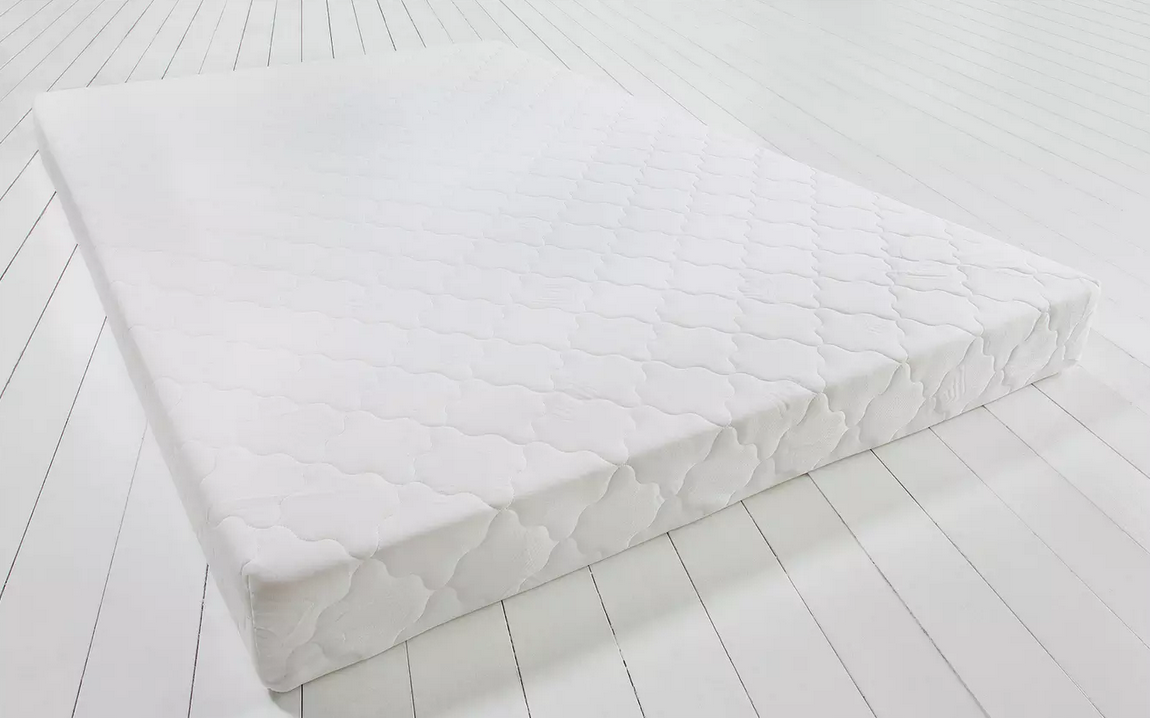
Have you ever stripped the bed sheets to find there is a pesky stain on the mattress? This can be a frustrating feeling as a mattress is an investment for a good night’s sleep, and we want our mattresses to stay pristine for as long as possible. Depending on the type of stain or material of your mattress, there will likely be various ways to keep it clean. In this article, we provide some general tips on how to clean mattress stains.
Prior to following our guidance, we recommend consulting your mattress’ care instructions to ensure it is correctly maintained as per the information from the manufacturer. The use of any detergents or chemicals will vary on your cleaning and care instructions so please check this to keep your mattress in the best condition.
Before we begin
To start, you will need to remove the bedding from your mattress. This includes any covering, sheets, pillows, and duvets. This allows you to get to the mattress without any obstructions.
When you first notice a stain it can be tempting to scrub clean. We recommend avoiding this, and blotting/dabbing first with a clean cloth to gently remove the stain. This is particularly important if it is a fresh stain as rubbing it could both spread the stain and push it deeper into the material.
If the stain remains, you will need to determine exactly what stain is on the mattress. This can be tricky at times, but identifying if the stain is from food/beverage or bodily fluids makes a difference in how it can be treated.
Cleaning the stain
The next step is cleaning the stains. Once the type of stain has been identified, it is time to pick the appropriate remedy.
- For stains which you would classify as ‘protein based’, such as bodily fluids, we recommend a mixture of salt and water to help break down and lift the stain.
- For food/beverage stains you can try a mixture of water and a gentle detergent such as soap.
- For harder engrained stains or any other stains, you can use a mixture of water and bicarbonate soda to create a strong cleaning remedy. Allow the mixture to settle to a paste formula which can be applied to the affected area, left to dry, removed, and lightly rinsed.
Spray the solution on the affected area to cover the stain. Allow this solution to sit for a few minutes and then gently dab the area with a clean cloth. Once most of the solution has been removed with a clean cloth, gently rinse the area and wipe the area. Any excess water can be blotted away with a clean cloth until dry.
The finishing touches
The area is likely to still have moisture retaining inside the fabric. We recommend placing a dry towel or cloth on top and pressing down on the area. This will help to absorb the moisture to dry the area.
Once you’re done with spraying and dabbing the area, it’s time to add some deodoriser. Baking soda is great for removing smells but can also help to absorb any excess moisture which you may have missed with the towel. You can leave it for an hour, or even longer. We recommend leaving it on until the area feels truly dry.
Next, it’s time to vacuum up the leftover bicarbonate sofa. We recommend using any upholstery settings or handheld attachments to easily manoeuvre and ensure it is all vacuumed away. If using a vacuum do not over-vacuum the area or use an overly powerful setting.
At this stage, the stain should hopefully be gone now or at least faded. To finish, keep the duvet and sheets off, open the windows to allow the fresh air to enter the room and air out the mattress.
Conclusion
By following these simple steps, you can remove stains from your mattress in no time and keep it looking pristine for longer!
For more tips on maintaining your mattress, click here.